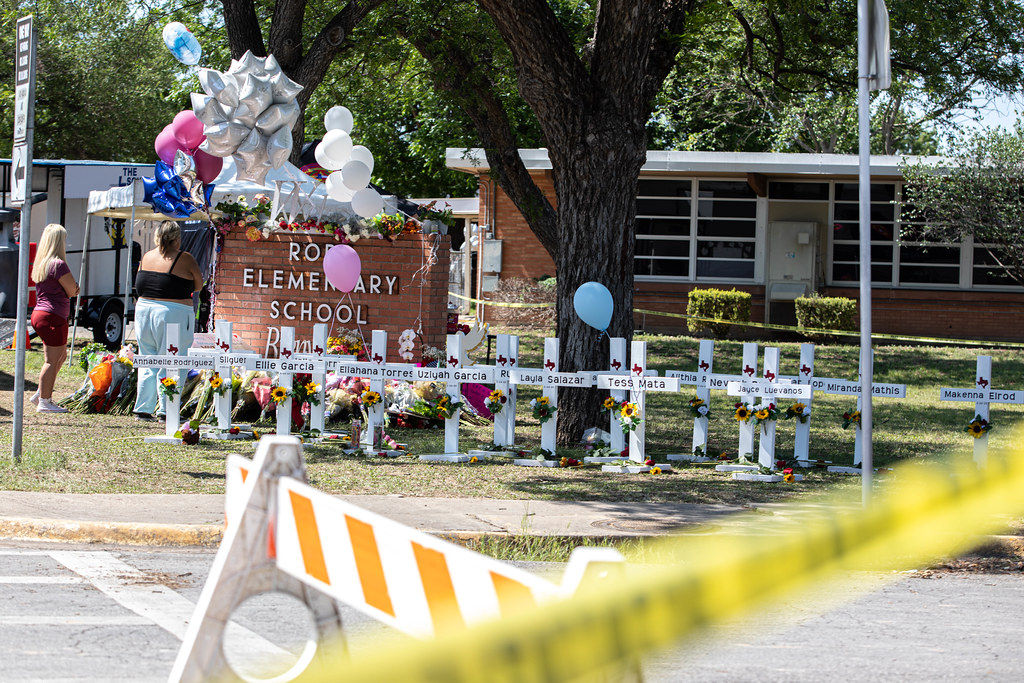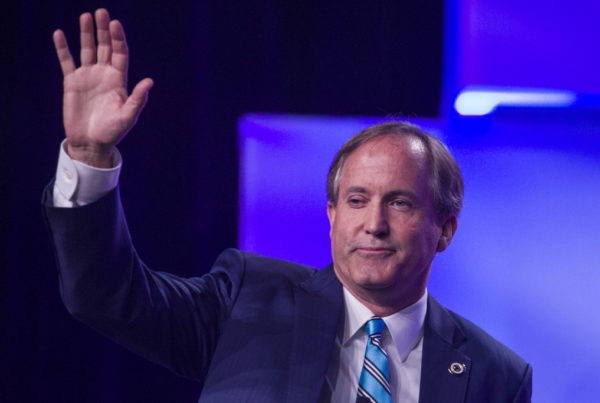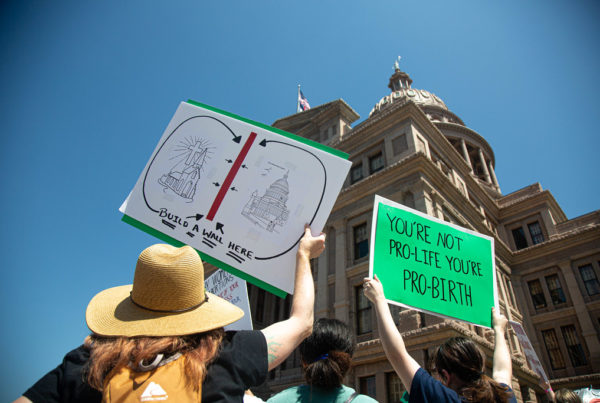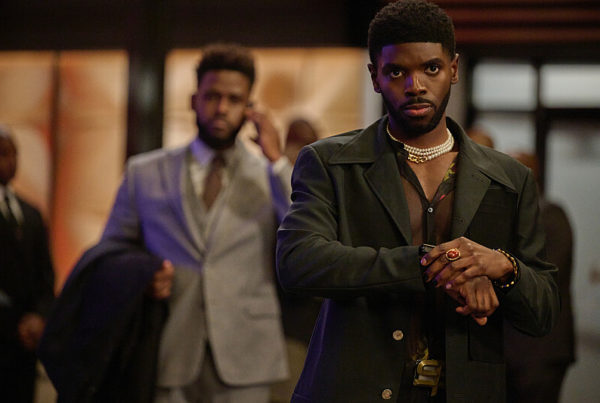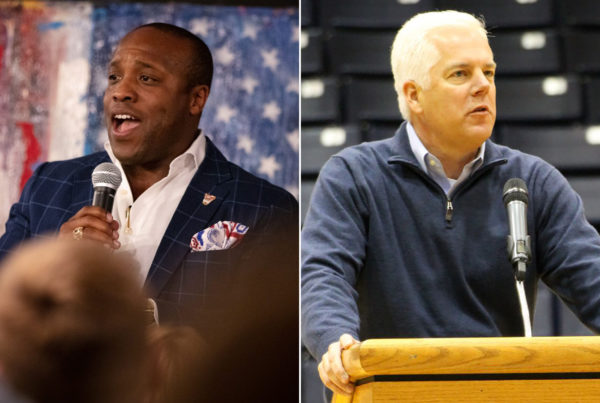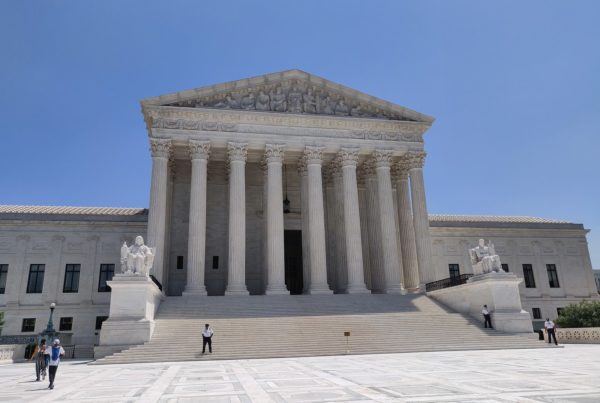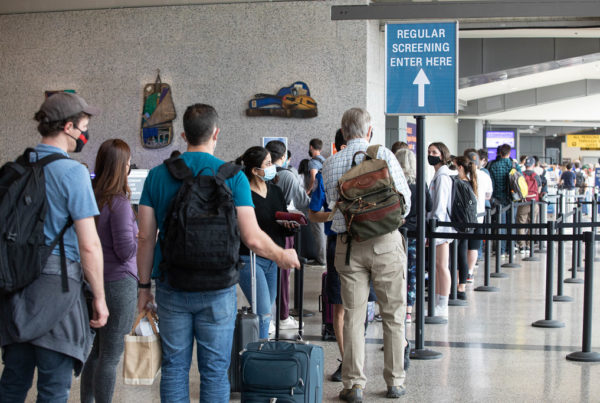In response to the Uvalde school shooting that claimed the lives of 19 children and two teachers, police chiefs from across Texas have urged state lawmakers to make legislative changes to improve school safety. Members of the Texas Police Chiefs Association have spoken with state lawmakers at committee hearings, offering a list of recommendations similar to what the organization presented in 2020.
Jimmy Perdue, police chief for the city of North Richland Hills and president of the association, explains the proposed measures to improve school safety. Listen to the interview above or read the transcript below.
This transcript has been edited lightly for clarity:
Texas Standard: The TPCA made some recommendations in the wake of the Uvalde massacre. Could you tell us a few of those recommendations? What do they include?
Jimmy Perdue: We put it into four categories — prevention, preparedness, response and review — because we believe that we need to look at it both from a preventative standpoint as well as a response standpoint.
On the prevention side, we believe that there should be some additional threat assessment programs put in place, as well as helping with mental health screening and getting data directly to our officers out in the field. There’s a gap in some of the information that the officers have access to.
And on the preparedness side, it’s really some additional ALERRT (Advanced Law Enforcement Rapid Response Training) training. We’ve heard a lot about that recently and wanting to require more of that for our officers and more coordination between the school districts and the police department so that we can make sure we train together. There’s also some minimum standards recommendations for both agencies as well as police departments.
And then lastly, in the response/review, some additional equipment, as well as mandatory review by ALERRT staff, if an incident like this were to happen again.
Your recommendations also included some specific changes to gun regulations. Could you tell us more about that?
While we are a big supporter and strong defender of the Second Amendment, we believe that there are some reasonable measures that could be taken to our current gun laws that might be able to help a situation from occurring in the future. The most specific of that would be the raising of the age from 18 to 21 for certain weapons. We believe that is a reasonable approach.
We also support the additional background checks to make sure that all background vetting is being done on all and everyone who purchases a weapon. We believe those are reasonable measures that we put in place without impacting anybody’s Second Amendment rights.
When you talk about raising the minimum age for certain weapons, are you referring to semiautomatic rifles of the AR-15 style?
Yes, we are. We’re always cautious about not wanting to define it too much until we actually get into the writing of the legislature, because we want to make sure we narrowly define it into the area that is causing the most difficulty and that the ones that make the most sense to have the purchase only be at 21, not 18.
Gov. Greg Abbott and other state lawmakers have pushed for placing a school resource officer at every school. Given how many schools there are in the state, what do you see as the issues related to that?
Well, two issues. One is cost. That is a significant cost to many, many different agencies — even if state funding was allowed to participate. I’m just not sure that we had the funding to do that.
But secondly, and related, is the fact that police departments are already struggling with staffing, and to put together some additional officers to be put in every school would be very taxing. What we’ve been advocating for is, if you have certain dollars to spend, that most of those dollars should be spent in looking at the facilities and in the hardening of the actual building itself, and then supplementing that with some additional staffing where specifically needed as opposed to doing a one-size-fits-all.
A lot of people are really concerned about the level of training that especially school police forces are receiving, certainly in the aftermath of what happened in Uvalde and what we’ve been hearing, at least so far, in the investigations. What do you tell them?
Well, there is never an end to training. Training is one of those ongoing things that you must continue for your entire career, and certainly, as it relates to active shooter training, that is one of the things that we drill a lot into our officers. We provide the opportunity for training all across the state. But of course, everyone is a little different, and everyone puts a priority on it differently. There’s not the same level of competency in every department across the state of Texas, and that’s what we believe additional funding will help to do.
But I just need to point out – it’s something we said in the hearing – is we don’t believe that what happened in Uvalde was an equipment or a training issue; it was a commitment issue. We all know, as officers, what we are required to do and what we should doing. And in that case, we failed to do so as a profession. We failed the citizens of Uvalde. And we are trying to do our best to try to make amends with that going forward.


